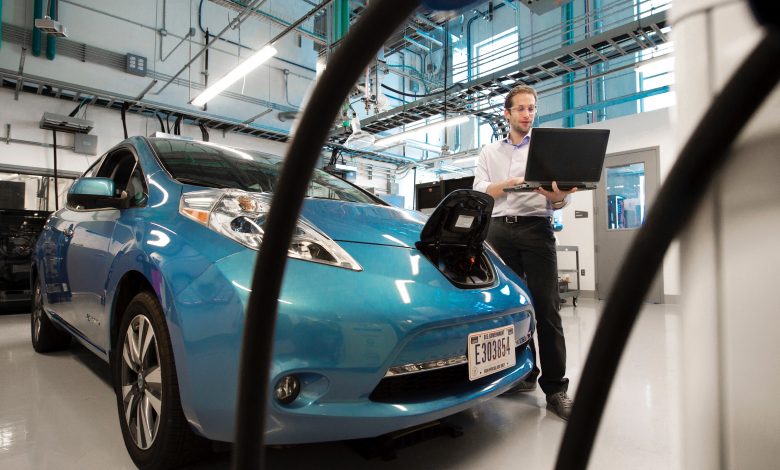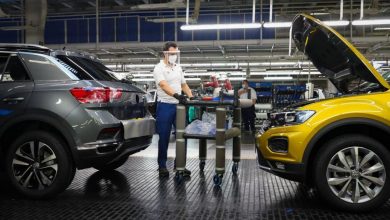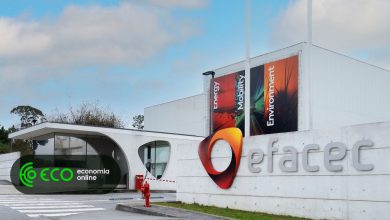
What Does the Future Hold for the Automotive Industry?
Among the many inventors of the 18th and 19th centuries, Karl Benz is credited with creating the first fuel-powered automobile. It was a three-wheeler (copying the design of a horse...
Among the many inventors of the 18th and 19th centuries, Karl Benz is credited with creating the first fuel-powered automobile. It was a three-wheeler (copying the design of a horse carriage). An ingenious invention that took to the road 134 years ago. Then, it was all about the ease of movement, and although comfort was desired, some innovation headway was yet to come that would give consumers what they were looking for.
More than a century later, ideas that were considered impossible are now realizable through manufacturing. Today, the automobile manufacturing industry is intensively digitized. It is no longer a question of how, but when. It is now apparent that pioneering innovations are possible, and all that remains is the commercialization of innovator’s concepts. Hardly does a year pass for an innovator to build a concept car that car companies later adopt in manufacturing either in isolation or as a commercial strategy to boost their sale.
The world is undergoing a radical revolution, and technological innovation is at the center of all these. The automotive manufacturing industry is no exception to this. They are the most significant absorbers of technology, making impactful progress over the years. Autonomous driving is now an acceptable eventuality; it is only a question of who is going to do it first. Protoypes are out as companies struggle to outdo each other.
It is now clear that automakers have grasped a particular set of skills, and their expertise in manufacturing is growing every day. The future of mobility is more about some megatrends that are coming out in the current digital age.
Transformative Trends that You Should Look Out for Manufacturing Automobiles
There’s a great interest for these automakers to satisfy the needs of the clients. All of them are aligning themselves with the key movers that are destined to shape the industry, which are autonomous driving, sharing, electrification, and connection. It is through these critical megatrends that firms are transforming their manufacturing strategies to be relevant in the future. What the significance of these four elements:
- Electrification: Most countries are now implementing legislation directed at manufacturing. They are for emissions-free vehicles. Some cities have already started actualizing this idea by illegalizing diesel-fueled automobiles. It is a drive to lessening the carbon footprint.
- Shared: Innovators believe that the future is going to have professionally managed fleets that will massively cut down on mobility costs.
- Autonomous: There will be the development of automobiles that will not require human interaction but purely use software for movement.
- Connected: This will happen in various ways between cars, traffic infrastructure, and automobile occupants.
The automobile’s innovative trends are a hot topic for any essay writer. There’s no question that our mobility habits are going to alter, and if you check out the current trends, it is already happening. Compare the transportation trends five or 10 years ago to what’s consistent today. You’ll notice one significant change: broad adoption of technology. The connection and sharing elements represent it. There are many software-driven mobility options, and on the other hand, people are more connected. Twenty years ago, it was hard imagining that you could hail a taxi using an application, a reality that’s now obvious.
Extensive Adoption of Automotive Software Management Tools
Software management tools have become synonymous with most firms, and automotive companies aren’t left out. In the company environment, it allows better efficiency that is realized by easier management. In vehicles, software management tools are implemented in various ways. Today, it is hard spotting a car that doesn’t have software for overall diagnosis. Such integral tools are what mostly inform the automobile owner of an underlying problem, and also, it offers the capability of digitally controlling some aspects in the vehicle.
A Definite Change in Urban Driving is Certain
Cities are growing fast, and now, owning a car in the urban centers doesn’t make sense anymore. Unless you have a particular parking spot, which is becoming harder and harder to find by the day. Another discouraging this is that most people are always stuck in traffic, and it is demoralizing. People have started to make changes in their lifestyle, and many are opting for less cumbersome mobility options. Car manufacturing firms have noticed this and are making necessary changes.
Inevitably, there will be fewer car owners in urban regions, with most people going for sharing. This way, many people can utilize a single car that’s probably propelled either with hydrogen or electricity. Sure, the future of the automotive industry holds excellent surprises. Some megatrends have started wide adoption, and it is a matter of time before the realization of others.
Font: The Boss Magazine





